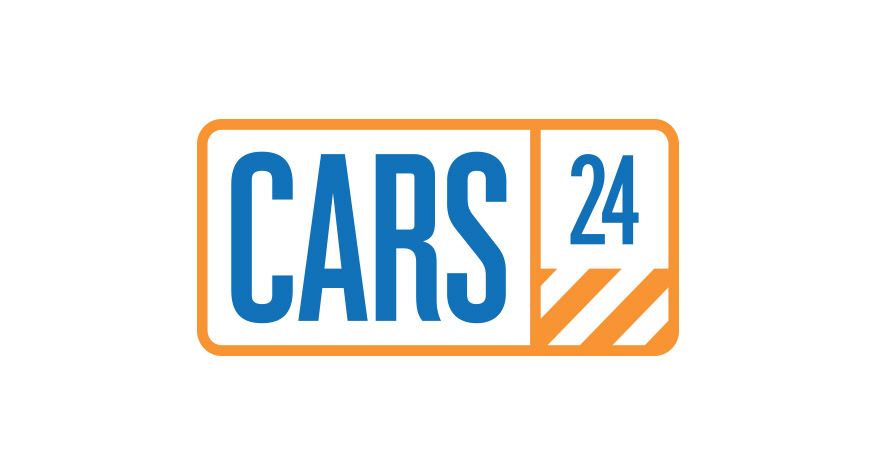Setting up Equity accounts
Contents:


Additionally, if you don’t have a balance before the QuickBooks start date, you cannot input the opening balance. We cannot give tax advice to you so since it sounds like you need specific help in this area, I would recommend reaching out to your tax professional if you need more support. I will add your question to the list Candus uses to create new QuickBooks tips each month.

This type of Stock comprises a set of corporate shares that have specific rights that are not attainable to regular shareholders. We provide third-party links as a convenience and for informational purposes only. Intuit does not endorse or approve these products and services, or the opinions of these corporations or organizations or individuals. Intuit accepts no responsibility for the accuracy, legality, or content on these sites. The tools and resources you need to take your business to the next level.
Owner’s Equity in QuickBooks 2017
Owner’s equity can also be referred to as net worth or total assets, equity. In other terms, it is the remaining amount of ownership you already have in your business after deducting all your liabilities and expenses from your assets. The partner’s main equity account shows the balance of the partner’s investment minus draws. Set up an equity account for each partner from QuickBooks chart of accounts. Select “New” in the chart’s account button at the bottom left.

The starting balances for other Balance Sheet accounts that are created in the Add New Account dialogue box. The ending statement of the bank balance transaction of a new bank account. Accrual basis opening accounts receivable transactions as of the start date.
Quickbooks Tools
We are here to resolve all your https://bookkeeping-reviews.com/ing and financial software glitches with our professional team all around the clock. Make your balance sheet look more professional and clean by clearing the balance in this account. However, it’s common to carry a balance for a considerable period. Here’s a balance sheet refresher to better understand opening balance equity. Retained Earnings is the portion of net income that is not paid out as dividends to shareholders.
FourThought Financial LLC Has $3.89 Million Stock Holdings in … – MarketBeat
FourThought Financial LLC Has $3.89 Million Stock Holdings in ….
Posted: Wed, 15 Mar 2023 09:41:20 GMT [source]
It’s not like your profit and loss where it just, you look at it for the month and then the next month it’s zero again. If you take another $500 out, the balance of this will be $1,000. So at any point in time, you’re going to be able to see how much you’ve withdrawn from the business by looking at the balance sheet or in the chart of accounts. Fixed assets – The assets the company bought to help run the business which will not be resold.
trademarks of Intuit Inc. Terms and conditions, features, support,
Finally, make a cash flows from investing activities entry to allocate any residual balance in the opening balance equity account among the other retained profits and equity accounts as desired. Be careful not to make a double accounting entry while entering a starting balance for equity, fixed assets, other assets, current assets, and other current liabilities. Accounts Payable and Accounts Receivable are viewed differently in QuickBooks. Owner’s equity is a formula used to calculate the amount representing the owner’s investment in the business. This excludes the owner’s withdrawal amounts from the business, but instead, it entails the net income since the business began. Owner’s equity is viewed as a continuing claim on the assets of business.
Each stockholder’s equity account usually isn’t labeled on the balance sheet but it may be broken down in the statement of equity if there are only a few owners. So, here we are in the sample company and let’s take a look in our chart of accounts. Now we get to that by going here and chart of accounts, I have one open on this tab, so we’ll pop to here. Now in the sample company here, we only have opening balance equity and retained earnings. So scroll back up here and say new, and we’ll make this an equity-type account. So let’s have a look and let’s just go for owner’s equity or personal expense, whatever you’d like to call it.
Having a lackadaisical approach to this can really come back to haunt you in the future. Like most things in life, hard work in the beginning pays off big time down the road. Using the mini reconciliation method, reconcile the opening balance journal entry for each account. Reconciliation was provided for these transactions without altering the preceding period’s balance sheet.
Intuit (NASDAQ:INTU) Now Covered by UBS Group – MarketBeat
Intuit (NASDAQ:INTU) Now Covered by UBS Group.
Posted: Wed, 15 Mar 2023 20:41:44 GMT [source]
It also keeps track of the money received and what it was received for. The opening balance equity account has still not been removed. A retained earnings account to track the business profits left invested in the business.
How do I enter opening balance equity in QuickBooks?
This happens after you have entered all your other opening balances so that you have the exact amount you need to balance your accounts. Even if you are not an accountant or bookkeeper, you probably know that the ultimate goal of modern accounting is to balance the books. Sometimes, when you have already been operating and you already have amounts in your business accounts, you will start off with a system that does not balance.
- https://maximarkets.world/wp-content/uploads/2020/08/forex_education.jpg
- https://maximarkets.world/wp-content/uploads/2020/08/logo-1.png
- https://maximarkets.world/wp-content/uploads/2019/03/MetaTrader4_maximarkets.jpg
In general terms, it is considered to be the asset of business which excludes any loss or expenses. The number of investments the company fetches gets calculated and how much each investor withdraws from the equity funds is also the part of it. In a company run as a partnership or has investors, QuickBooks lets you keep track of each person’s equity. Equity is based on two sources, money invested by partners and other investors, and profits or losses from the business. A partner’s equity is based on the percentage of ownership held by the partner, the amount of capital he’s invested, and the amount of cash the partner drew from the company.
Here’s an example of owner’s equity accounts in a sole proprietorship. Note that the numbers inside parentheses are negative values. If the journal accounting entry amount doesn’t match your bank statement, and you close it out, then the software will adjust the opening balance equity account balance. An equity account is a parent-level account in Quickbooks that contains information about owner’s draws and owner’s investments. An owner’s draw is money that you transfer out of your business’s bank account and into your personal account.
There is no transaction to account for the inventory and QuickBooks posts to the ‘Open Balance Equity’ as a result. Entering on hand quantities during the initial creation of products in QuickBooks is considered bad practice. You can change the settings in the chart of accounts to see your inactive accounts. To see your inactive accounts again, click on the gear icon above the table.
If you have any remaining funds from previous accounts, this money is deposited into the Open Balance Equity account. You can view your total equity by going to your Chart of Accounts and selecting the Owner’s Equity account. To record an equity deposit from another investment or account, you use the Opening Balance Equity account. Your opening balance equity account may still have a balance due to incorrectly performed bank reconciliation adjustments that resulted in an initial balance. Make that the bank statement balance transaction takes into account any difficulties, such as unpaid bank checks, while doing bank reconciliation. The partner’s share of the partnership’s profits gets allocated to the partner’s profit share account.



















